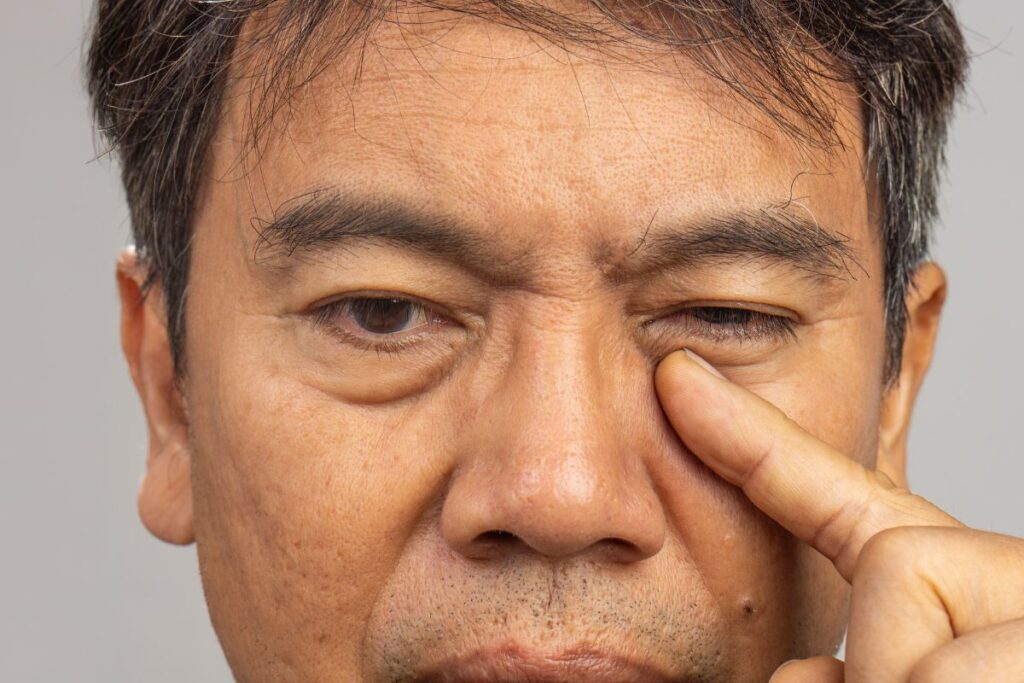When Should You Worry About Eyelid Twitching?
Have you ever felt your eyelid twitching uncontrollably? That tiny, involuntary flicker can be annoying, but it’s usually harmless. Eyelid twitching, also known as myokymia, is a common condition that happens when the muscles around your eye contract on their own. Most people experience it at some point, and in most cases, it goes away within a few minutes or hours.
However, there are times when frequent or persistent twitching could indicate an underlying health issue. So, when should you be concerned? Let’s take a closer look at the causes, prevention, and when to see an eye doctor about eyelid twitching.
What Causes Eyelid Twitching?
Your face is made up of 42 individual muscles, including two that control your eyelids—one to open them and one to close them. When these muscles spasm involuntarily, you get that familiar flickering sensation known as myokymia.
While the exact cause isn’t always clear, several factors have been linked to increased eye twitching, including:
- Caffeine consumption – Too much coffee, tea, or energy drinks can overstimulate the nervous system and trigger eye twitching.
- Fatigue and lack of sleep – If you’ve been running on too little rest, your eye muscles may become overworked, leading to spasms.
- Stress – High-stress levels can cause your body to react in unexpected ways, including muscle twitching.
- Eye strain – Staring at a computer screen for hours or reading in poor lighting can contribute to twitching.
- Alcohol and smoking – Both alcohol and nicotine affect the nervous system and can make muscle spasms more frequent.
- Bright lights or wind exposure – Environmental factors, such as bright sunlight or strong wind, can cause irritation and lead to twitching.
- Allergies and eye irritation – If you have allergies, itchy or watery eyes can trigger frequent blinking and muscle strain, leading to twitching.
While myokymia is more common in middle-aged and elderly women, anyone can experience it. However, in rare cases, frequent eye twitching may be associated with neurological conditions such as Bell’s palsy, multiple sclerosis, Parkinson’s disease, or Tourette’s syndrome.
What Does Eyelid Twitching Feel Like?
Eyelid twitching is painless, but it can be frustrating—especially when it lasts for long periods. Most people describe it as:
- A flickering or fluttering sensation in the upper or lower eyelid.
- A feeling that their eyelid is being gently pulled.
- A twitch that comes and goes without warning.
A typical episode lasts a few minutes to a few hours. However, in some cases, twitching can persist for several days.
If the spasms become more intense and cause your eyelids to completely close involuntarily, this could be a sign of a more serious condition known as blepharospasm.
How to Prevent Eyelid Twitching
The good news is that most cases of eyelid twitching go away on their own. However, you can take steps to reduce the frequency of these spasms and prevent them from coming back.
- Get enough rest – Aim for 7 to 9 hours of sleep per night to allow your eye muscles to relax.
- Reduce caffeine intake – If you drink a lot of coffee or energy drinks, try cutting back to see if your symptoms improve.
- Manage stress – Incorporate stress-relieving activities into your routine, such as meditation, deep breathing, or exercise.
- Take breaks from screens – Follow the 20-20-20 rule: Every 20 minutes, look 20 feet away for at least 20 seconds to reduce eye strain.
- Avoid excessive alcohol and smoking – Cutting back on these habits may help reduce twitching episodes.
- Use lubricating eye drops – If your eyes feel dry or irritated, artificial tears can help soothe them.
When Should You See an Eye Doctor?
In most cases, eyelid twitching is nothing to worry about. However, if any of the following occurs, it’s time to schedule an appointment with an eye doctor:
- The twitching lasts longer than two weeks – Persistent twitching could indicate an underlying issue.
- Your eyelids start closing completely – If you find it difficult to keep your eyes open due to strong spasms, you may have blepharospasm.
- The twitching spreads beyond your eyelid – If other parts of your face, such as your mouth or cheeks, start twitching, it could be a sign of a neurological condition.
- Your eyes become red, swollen, or produce discharge – This could indicate an eye infection or another underlying eye problem.
- Your eyelids begin to droop – This could be a symptom of nerve damage or another medical condition.
If any of these symptoms apply to you, it’s best to seek professional care to rule out more serious concerns.
Comprehensive Eye Care in Edmonton and Sherwood Park
At Optometrists’ Clinic Inc., we offer comprehensive eye exams to diagnose and treat a variety of vision concerns, including eyelid twitching, dry eye syndrome, and eye strain. Our experienced optometrists will assess your symptoms and determine whether further medical evaluation is necessary.
We also provide pediatric optometry services, so if your child is experiencing unusual eye symptoms, we can help.
With five locations in Edmonton, Sherwood Park, Leduc, and Westlock, quality eye care is always within reach.
Contact us today to book an appointment with one of our trusted optometrists.




